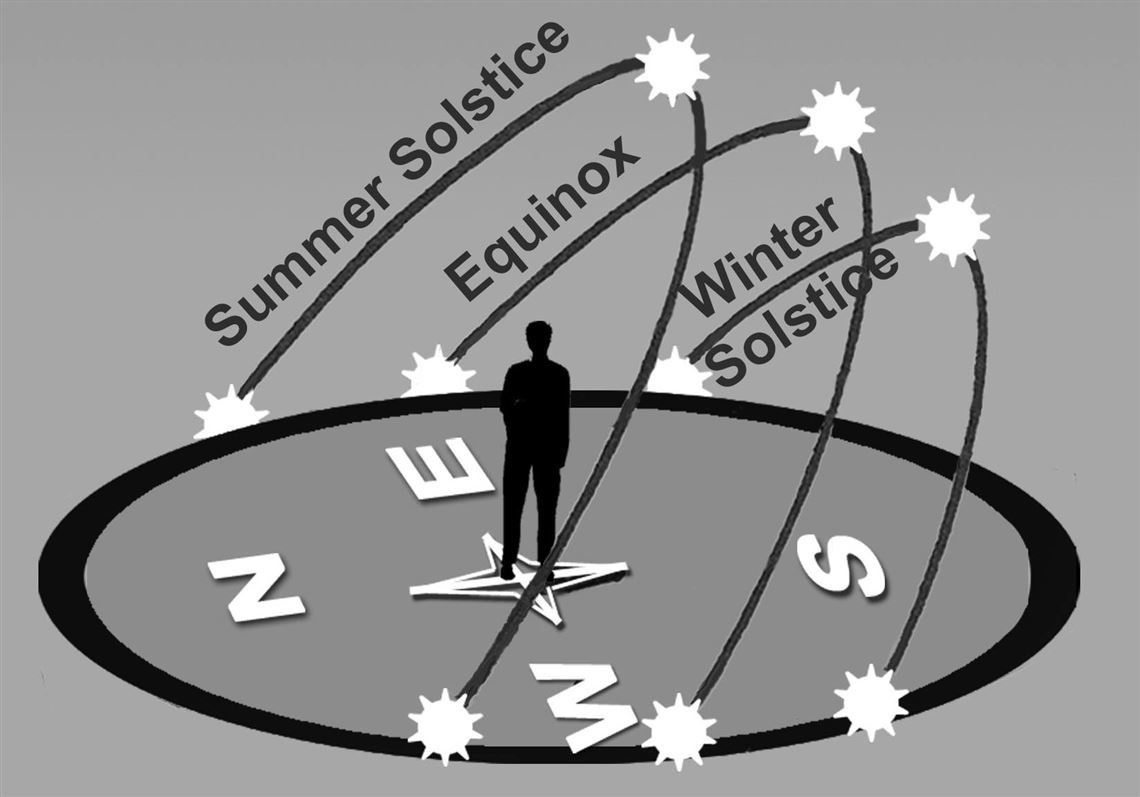Prepare yourselves, stargazers. Winter solstice is coming.
The sun will reach its southernmost point in the sky at 5:23 p.m. on Friday, Dec. 21, directly over the tropic of Capricorn at 23.44 degrees south latitude. This marks the beginning of summer in the Southern Hemisphere and the beginning of winter here in the north.
The winter solstice has the shortest time period between sunrise and sunset, with a mere 9 hours and 15 minutes of official daylight.
Enjoy the extended night-sky viewing opportunity as the moon shines nearly full, rising in the eastern sky in the zodiac constellation of Taurus. The red planet Mars shines brightly after sunset in the southern sky near Aquarius and can easily be observed with the unaided eye before setting in the west around midnight.
For a closer look, head to Carnegie Science Center’s SkyWatch event, set for 7 and 9 p.m. that night. Weather permitting, the planetarium’s research-grade telescopes will offer a clear view of the evening’s celestial happenings.
Keen-eyed observers can challenge themselves to spot ghostly Uranus in Pisces, which will appear as a faint, blue-green disc in binoculars or a telescope.
First Published: December 18, 2018, 5:00 a.m.

















